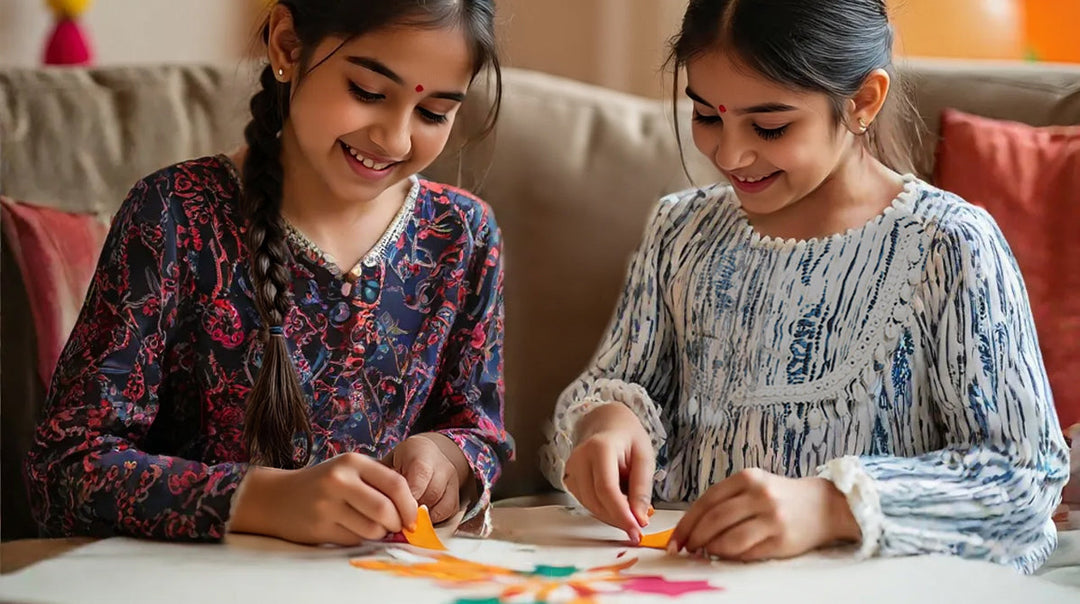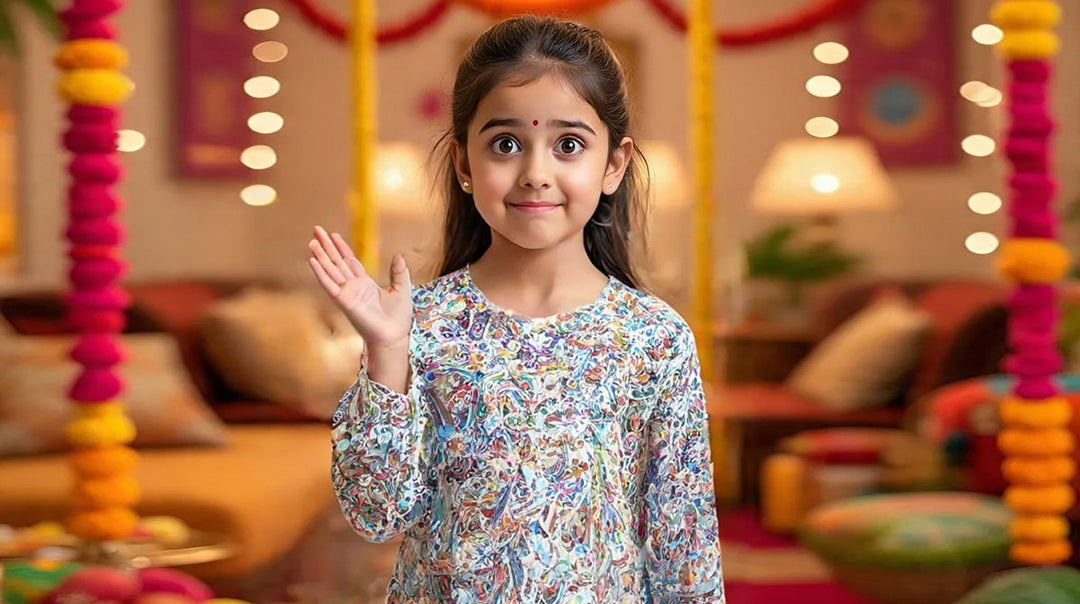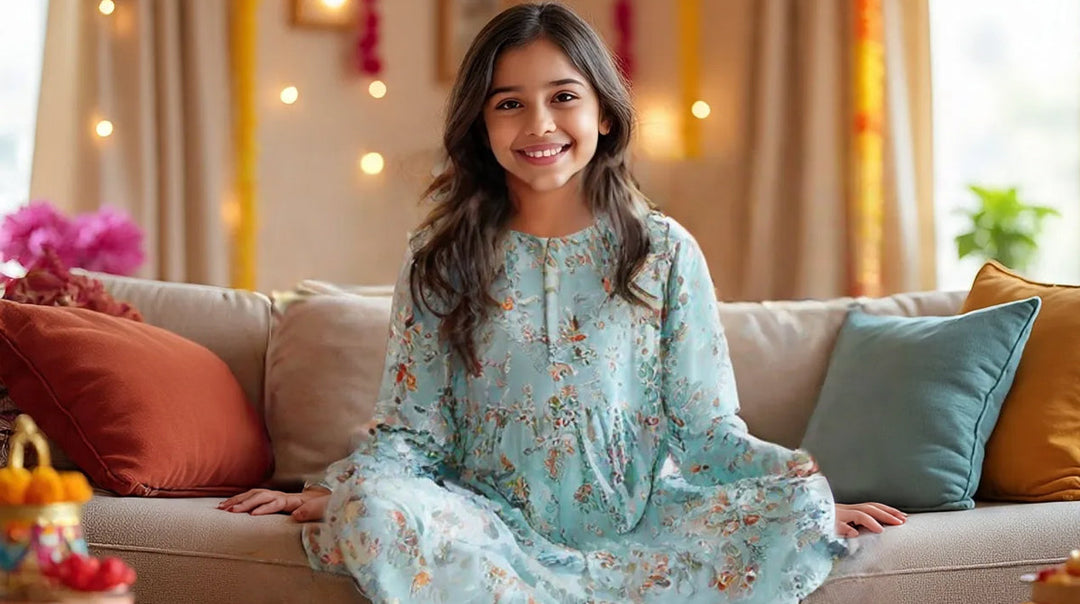Clothing Labels Explained: How to Choose Safe Products for Your Kid

If you think that checking labels on clothes is only to understand washing conditions, then you are overlooking the safety of your kids. These clothing labels talk so much about the quality of the clothes and also mention safety measures taken while manufacturing the clothes.
Now, if you ask me why you should care about different labels, then let me tell you that in the era where fast fashion is trending, most of the clothing items are infused with harmful chemicals. Trust me, these are quite hazardous for the little ones.
That is why you need to understand and also carefully read the labels next time when you are getting a wardrobe essential for your little angel.
Why Is Checking Clothing Labels Important?
The labels on the back of the clothes are super important. They provide so much information, like how to take care of the clothes, the quality of the fabric, and the content of different fabrics used. These factors directly affect the decision of the consumer.
Moreover, as people are now becoming more conscious about the fabrics and chemicals used in clothes, these labels play a crucial role in the safety of the consumers. Furthermore, many brands are making sure to follow sustainable manufacturing processes, and they proudly mention the same so that the consumer is aware.
Meaning Of Different Kinds Of Clothing Labels

The labels or tags on your kid’s clothes mean something, and below I have decoded the same so that next time you make a conscious purchase.
- Fabric Composition Labels: If you want to check the fabric used in clothes, then you should look for the Fabric Composition Labels. This label usually has a percentage which clarifies the type of fabric used for the clothes. For instance, 100% cotton means that only cotton has been used. Moreover, if the fabric is a blend of different fabrics, the label mentions that too, like 60% Cotton, 40% Polyester. This way, you can know what type of fabric is used and choose the best one for your little ones.
- Care Instruction Labels: The care instruction labels are another important label that defines how to wash and dry any piece of clothing. Sometimes, certain fabrics require different conditions when it comes to taking care of them. This is mentioned to make sure that the cloth does not shrink or the color fades even after multiple washes. For instance, at Spunkies, it is recommended to dry clothes on low heat settings to avoid the cotton clothes from shrinking.
- Safety Labels: Many brands also provide safety information, which means that the clothes are free from any chemicals or anything hazardous. Many times, brands mention specific text warnings to warn the consumers of anything harmful to the skin.
What Labels Should You Look For?
See, all the labels that I have mentioned above are important. However, if you want to be 100% sure, especially when buying clothes for your kids, then you need to walk an extra mile and check for safety certification of the clothing brand.
For this, you can visit the brand's website and look for important certifications like OEKO-TEX Standard 100 (Global Certification which indicates that the clothes are free from chemicals) or GOTS (Global Organic Textile Standard which means that the clothes are at least 70-95% organic fibers).
Thankfully, Spunkies has got the GOTS certification, which means that you are choosing organic fibers for your kid’s wear. The best part – at Spunkies, the clothes are super stylish, trendy, and comfortable at the same time.
Beyond the Fabric: Tips To Choose Safe Products For Your Kids
It is not only the type or quality of the fabric which could be problematic, but the design or the features of the clothes can sometimes not be kid-friendly. Therefore, you need to make sure to choose products that are comfortable and easy to carry for the little ones. Here are some tips that can help you to choose the best clothes for your kids:
- Small Features, big impact: The buttons or waistbands are a small part of any attire. However, they play a crucial role as they can create disturbance in movements. Therefore, look for clothes that have big buttons and elastic waistbands which bring comfort to the kid.
- Smell The Clothes: If you are buying clothes from the store, then you can do a quick smell check. If you find the odor of the cloth has too strong a chemical smell, then skip that, as they might not be skin-friendly and could cause irritation.
- Pre-Wash before first use: Many times, the clothes are delivered to you straight from the manufacturing company. Well, in that case, it is always best to pre-wash to get rid of any manufacturing residues, loose dyes, or dust. This way, you can keep your kids away from any allergic reactions or rashes.
- Make Sure to Buy Weather-Appropriate Clothes: This goes without saying that while buying clothes for your kids, make sure you check the weather. For instance, during summers, choose cotton clothes as they are quite breathable and comforting.





